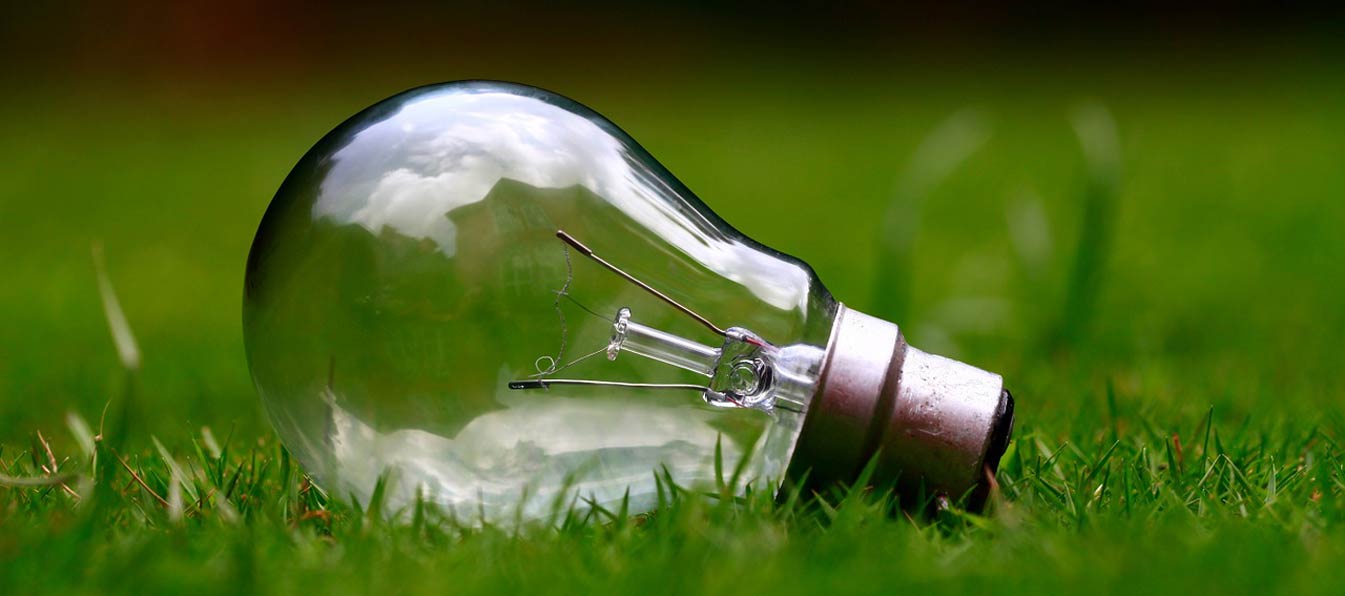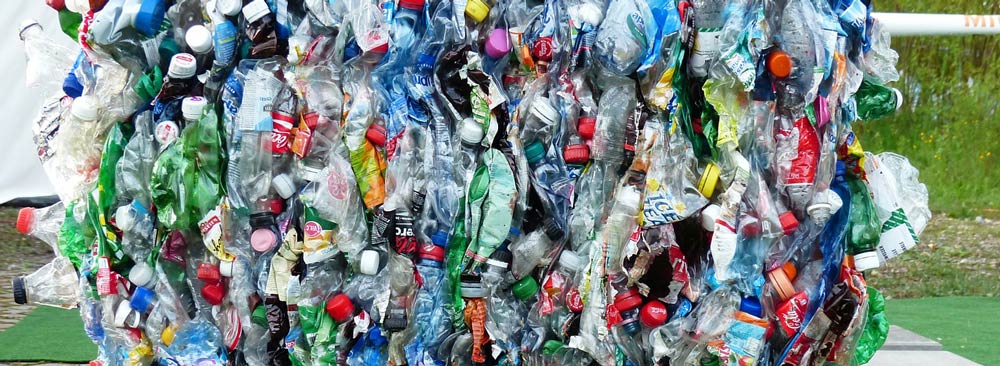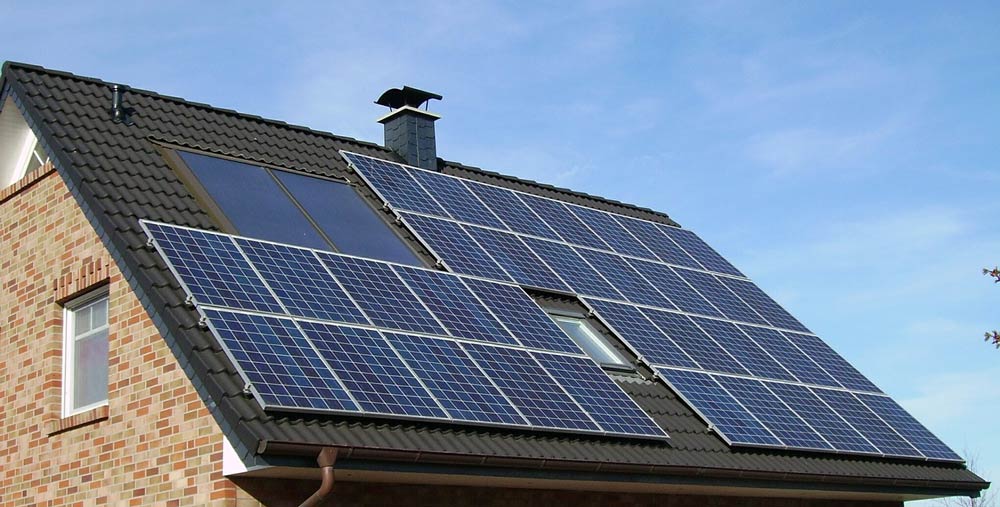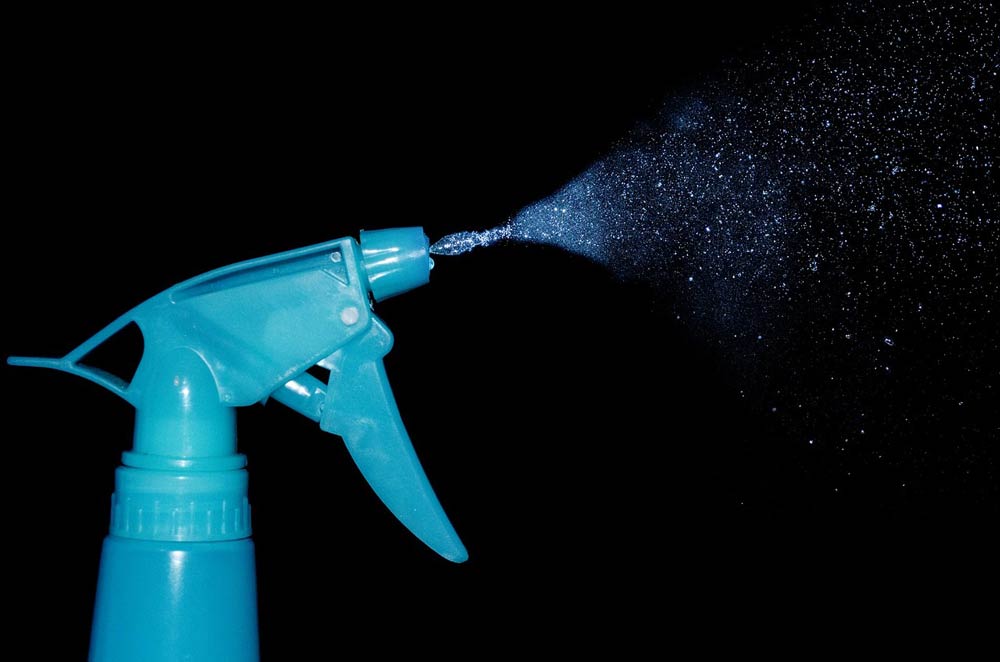
Hi! Gus Stewart here. I've become something of a green activist over the past year or so and wanted to share some resources that I gathered for a teaching guide. These are fun, useful resources for people who are just getting started on their journey to being green. It’s an important journey for all of us to take. Please enjoy my 9 resources to go green:
1. Ways to Reduce, Reuse, and Recycle Your Plastic Containers
A lot of the items that you use every day can be turned into something useful when recycled. There are lots of resources available to help you learn more about green energy, how to recycle, and what to do with a used plastic bottle. You can make a real difference in your environment! Check it out here.
2. Eco-Friendly Ways to Dispose of Home Renovation Debris
Committing to sustainability in your home renovation means you should commit to making sure the way you dispose of your renovation debris is sustainable as well. Buildings make up about 40 percent of the energy and materials used around the world, so being environmentally considerate during your home remodel can have a much bigger impact than you may have imagined. It’s never too early to begin planning how you will dispose of waste from paint, drywall, concrete and other home renovation materials. Start off by reading this blog.

Photo Credits: Pixabay.com
3. Saving Money & the Environment: A Kid's Guide to Recycling
To recycle, we first take a look at our trash. Many materials such as paper, metal, and plastic can be placed in recycling bins. Learn more here.
4. Living Green: A Guide to Recycling Electronics
It is important to reduce the amount of energy we consume when using electronics, but it is also important to properly dispose of our electronics when they are no longer usable. While most of us are well aware of the importance of recycling paper, plastic, and glass, our evolving technology has created a new category of trash: e-waste. Interested in learning more about this topic? Click here.

Photo Credits: Pixabay.com
5. 10 Tips to Start Living Green in your Home
Many people live in older buildings that weren’t built with green principles in mind. Here are ten steps, which are all guided by one principle: “Work with what you’ve got.”
6. Make Your Own Green Cleaning Supplies
There are plenty of natural “green” cleaners that can keep a house clean and be smelling fresh without the toxic side effects. Green cleaning is the use of environmentally-friendly ingredients in cleaning products to preserve the Earth and our health. Get to know more here.

Photo Credits: Pixabay.com
7. A Guide to Green Furniture
Not all furniture is hazardous to the environment. Today there are many companies that pledge to have a line of green furniture, which is specialty furniture that is made from eco-friendly materials and was constructed in a way that does not cause pollution. Green furniture can be found at most large furniture stores, but the best way to shop for it is to visit small, specialty retailers or search the internet. Here is an useful green furniture guide.
8. Financial Incentives for Green Home Improvements
Most people know that green homes reduce energy bills, but many aren’t aware of the tax breaks and incentives that can ease the upfront costs of home improvements. So what exactly is a green home, and most importantly, how can you pay for it? This blog can help you out.
9. A Guide to Solar Energy in the Home
In efforts to save money by reducing their energy bills and help the environment, people are turning to alternative energy. Solar energy is a common and increasingly popular option. In homes, this green energy option often comes in the form of solar panels which typically are attached to the roof where they collect the sun’s energy. Although solar panels are generally the most widely recognized symbol of solar power, there is more to learn about this natural and alternative source of power.




